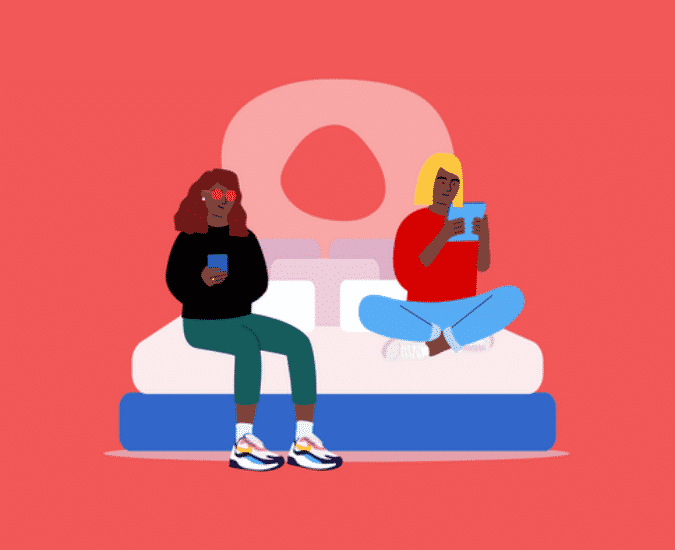Depending on who you use as a cellphone provider and whether you use a third party app, you’ll see different labels to warn you of a risky call.
“Spam,” “Scam likely,” “Possible scam,” are most common. But if we’re all honest, any one of these labels will most likely lead to us declining the call.
While we wish it was possible to list every single labels and exactly what causes it, it’s not as simple as that.
Because there are different third party organizations and third party apps working with different carriers, every label means something different to every carrier.
Some examples of safe assumptions to make for a call labeled as “Spam” or “Scam Likely” are:
- The phone number has received complaints through call blocking apps
- The call is suspected to be fraudulent or illegal
- The call is “unwanted” or was reported as a robocall
When all is said and done, these specific instances only affect your risk rating. The “worse” your risk rating is, the “worse” your call’s label will be.
Keep in mind that as frustrating as it may be, the third party organizations (and the carriers who use their data) are trying to alert and protect consumers to risky calls.
If you believe your calls are being mislabeled, we’ll be discussing how to solve this problem in future episodes.
If you want to have a conversation about it sooner than that, we’re always happy to chat.
